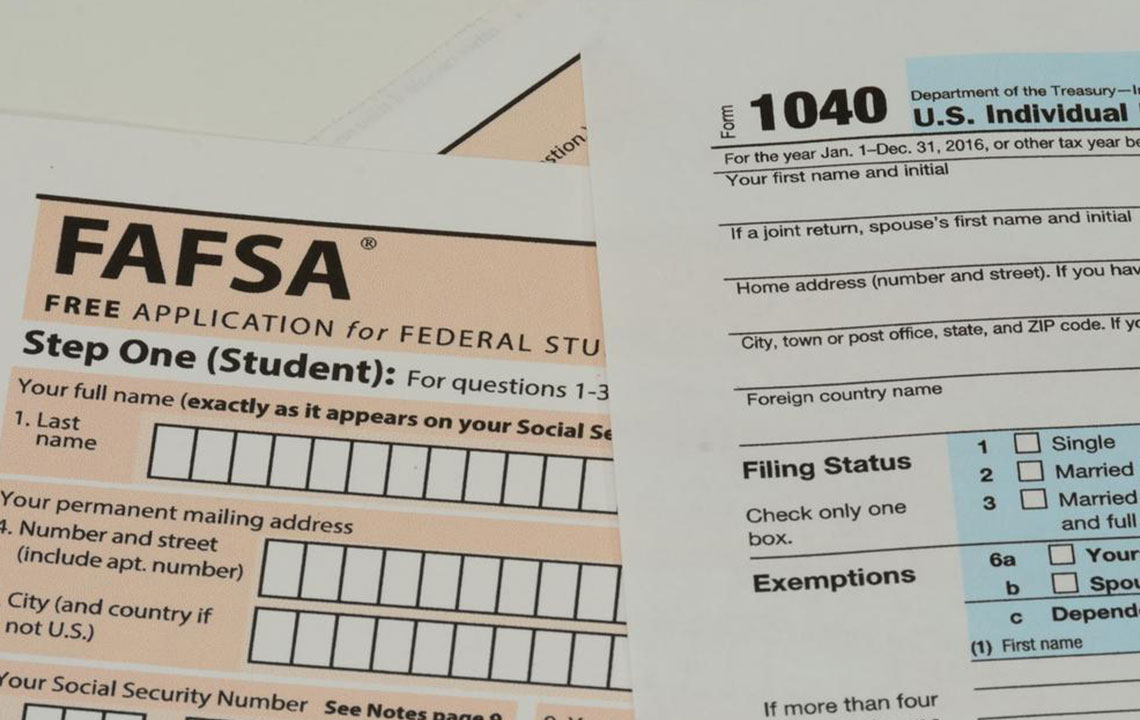Comprehensive Guide to Student Loans: Types, Application Process, and Best Refinance Providers
This comprehensive guide explores different types of student loans, including federal options like Stafford and Perkins loans, with detailed application procedures. It also provides insights into loan consolidation and refinancing through top providers, helping students manage and optimize their student debt efficiently. Learn key strategies for choosing the right loan and navigating repayment options to secure a financially stable future after graduation.

Essential Insights into Student Loans and Their Various Types
Securing funding for higher education can be a challenging process, but student loans play a pivotal role in making college degrees accessible to millions of students worldwide. According to recent statistics, over 66% of college students rely on various forms of student loans to finance their tuition, books, living expenses, and other associated costs. Understanding the different types of student loans, the application procedures, and options for refinancing can significantly ease the financial burden and help students manage their debt effectively through their academic journey and beyond.
Student loans serve as a vital financial resource, enabling students to focus on their studies without immediate concern for educational expenses. With a range of options available, from federal programs to private lenders, borrowers can tailor their debt management strategies based on their specific financial needs and future plans. It’s crucial to borrow only what is necessary, as exceeding your educational costs may limit eligibility for grants and scholarships and will increase repayment obligations post-graduation. Thus, informed decision-making is key when selecting a loan, ensuring sustainable debt levels and manageable repayment terms.
Getting Started with Student Loans: Applying for Aid
The first step in obtaining student financial aid is completing the Free Application for Federal Student Aid (FAFSA). This free application form collects essential financial information to determine your eligibility for federal aid, state programs, and scholarship opportunities.
Students are encouraged to submit the FAFSA promptly, ideally soon after January 1st of their senior year of high school. College students can apply at any time during their studies, but early submission maximizes the potential aid package and minimizes financial gaps.
Types of Student Loans: A Deep Dive
Stafford Loans
One of the most common federal student loans, designed to support students pursuing undergraduate and graduate degrees.
Available as subsidized or unsubsidized loans, depending on financial need.
Subsidized Stafford Loans do not accrue interest during school or during approved deferment periods, providing cost savings for students.
Unsubsidized loans accrue interest from the time they are disbursed, and students can choose to pay the interest during school or defer payments until graduation.
Perkins Loans
Federal loans available to undergraduate and graduate students with exceptional financial need.
Guaranteed by the federal government but financed by participating educational institutions.
Offer low-interest rates and favorable repayment options, making them an attractive choice for qualifying students.
Repayment Terms and Options
Loan repayment typically spans 10 to 20 years, depending on the size of the loan and the repayment plan selected.
Many federal loans offer flexible repayment options, including income-driven repayment plans that adjust monthly payments based on income and family size.
Deferment and Forbearance
Deferment allows students with qualifying circumstances (such as economic hardship or enrollment in further education) to postpone payments without accruing interest, in some cases.
Forbearance provides temporary relief from payments, but interest may continue to accrue, increasing overall debt.
Loan Consolidation and Refinancing
Consolidating multiple federal student loans into a single loan simplifies repayment, often reducing monthly payments by extending the repayment period.
Refinancing involves replacing existing loans with a new loan — usually through private lenders — potentially offering lower interest rates or better repayment terms.
Leading Student Loan Refinance Providers for Better Rates and Terms
Citizen Bank
College Ave
CommonBond
Connext
Earnest
Laurel Road
PenFed by Purefy
SoFi
Splash Financial
LendKey
Choosing the right student loan, especially for refinancing, requires careful comparison of interest rates, repayment options, and borrower reviews. Small differences in interest rates can significantly impact total repayment costs over time. Typically, student loans are difficult to discharge through bankruptcy; however, special circumstances such as death or entry into public service may qualify borrowers for loan forgiveness or reductions, making informed choices and proper planning essential for long-term financial health.





